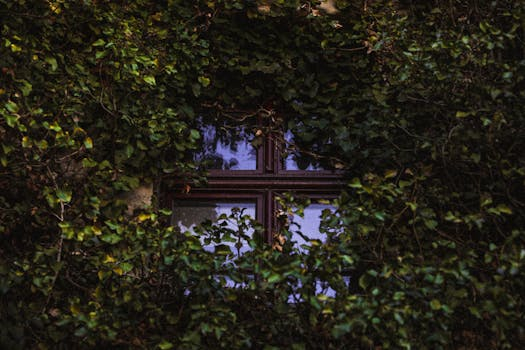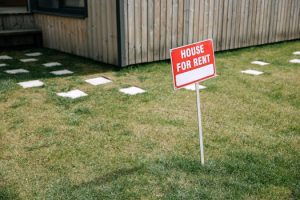The Hidden Costs of Historic Homes: What to Know Before You Buy

Are you considering buying a historic home? It may seem like a dream to own a piece of history, but before you make an offer, it is important to know about the hidden costs that come with owning a historic property. While these homes may have charm and character that modern homes just can’t match, they can also come with unexpected expenses and maintenance. In this article, we’ll explore the hidden costs of historic homes and what you need to know before you buy.
The True Cost of Historic Home Owning
While the initial purchase price of a historic home may be lower compared to a newer home in the same area, the true cost of owning one can be much higher. This is due to the fact that these homes often require special care and maintenance, which can quickly add up in expenses. Some of the hidden costs of owning a historic home include:
1. Higher Insurance Premiums
Historic homes are generally older and have unique features, which can make them more expensive to insure. These homes are not built to modern-day building codes, making them more susceptible to damage from natural disasters. This means that insurance companies often charge higher premiums to cover these risks.
2. Unexpected Repairs
Older homes have a lot of character, but with that character can come hidden problems. Old plumbing, outdated wiring, and structural issues are just a few of the potential problems that can arise in a historic home. These repairs can be costly and often require specialized contractors, making them even more expensive.
3. Higher Energy Costs
Many historic homes were built before modern energy-efficient features were common. This means that heating and cooling these homes can result in higher energy bills. Insulation, windows, and HVAC systems may need to be updated to reduce energy costs, which can be a significant expense.
4. Landmark Fees
If the home you are considering buying is designated as a historic landmark, there may be fees associated with maintaining that status. These fees can include annual inspections and permits for any renovations or changes to the property. Make sure to research the requirements and costs of owning a designated historic home before making a purchase.
What You Need to Know Before Buying a Historic Home
Now that you know some of the hidden costs of owning a historic home, it is important to be prepared before making a purchase. The following are some things to keep in mind before buying a historic property:
1. Research and Inspect Thoroughly
Before buying a historic home, be sure to research the property and inspect it thoroughly. This includes researching any potential environmental hazards such as lead paint or asbestos, as well as any previous renovations or additions that may not meet current building codes.
2. Budget for Maintenance and Repairs
As mentioned earlier, maintenance and repairs for a historic home can be costly. Make sure to budget for these expenses and have a contingency fund in case unexpected issues arise.
3. Consider Energy-Efficient Upgrades
As energy costs continue to rise, it may be worth considering making energy-efficient upgrades to your historic home. This can include adding insulation, replacing windows, or updating the HVAC system. While these upgrades may incur upfront costs, they can save you money in the long run.
4. Consult with a Professional
Owning a historic home is a unique experience and it is important to consult with knowledgeable professionals before making a purchase. This can include a real estate agent who specializes in historic homes, a home inspector with experience in older properties, and a contractor who can provide estimates and advice on potential renovations or repairs.
Owning a historic home can be a rewarding experience, but it is important to go into it with your eyes open. By understanding the hidden costs and doing your research before buying, you can avoid any expensive surprises and truly enjoy your piece of history.







